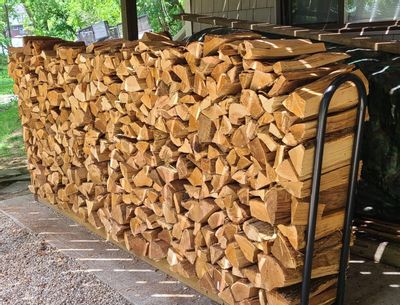
When it‘s cold, spiders may not be very active and thus, hard to spot. But when that piece of wood is brought inside and set next to the fireplace, it warms up and the spider will emerge. We recommend that you put gloves on and inspect each piece of firewood for the presence of spiders before bringing it into the house.
Spiders are not insects, although they are Arthropods. Spiders have two body segments (cephalothorax and abdomen), eight legs and six or eight eyes. Insects have three body segments (head, thorax, and abdomen), six legs, and two compound eyes.
When the spiderlings hatch, they climb on their mother's back and ride around before gradually dispersing. Wolf spiders have strong, piercing mouthparts that will inject venom, but their bite is less painful than a bee sting. Wolf spiders are not poisonous to people, although their bites may cause a reaction in certain individuals.
Their webs are irregularly shaped, sticky, and extremely strong. When bitten, a neurotoxin is released that causes dull pain and cramping in muscles, which can be accompanied by sweating and vomiting. Fortunately, less than 1% of black widow bites are fatal.
First aid for a black widow bite can include the following: use an ice pack or alcohol to reduce swelling in the affected area; clean the area with hydrogen peroxide or alcohol to minimize infection; attempt to collect the spider for proper identification; and seek medical attention at an emergency room.